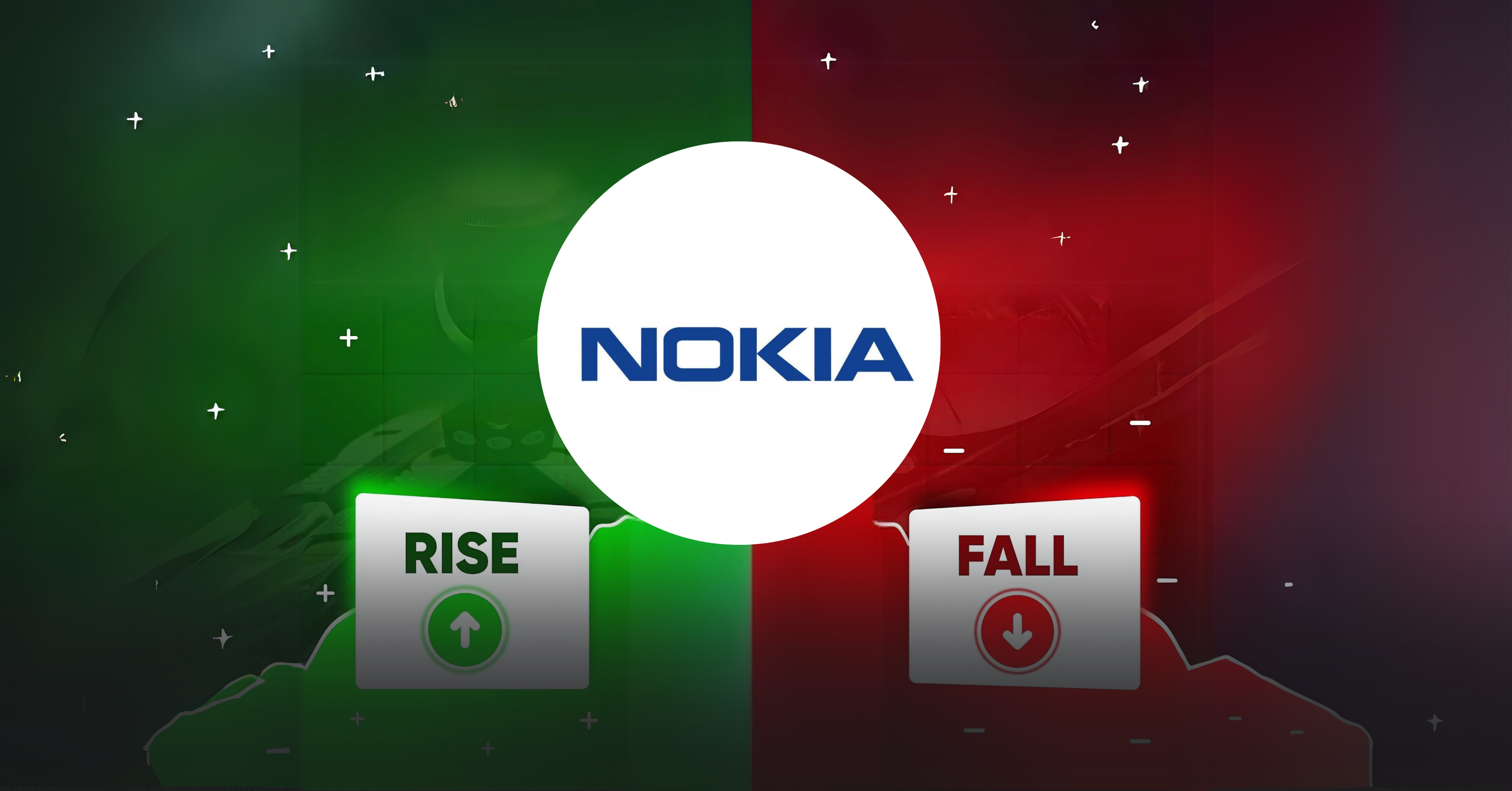Introduction
World-famous mobile phone manufacturer Nokia began in Finland before experiencing a major industry downturn and now strives to revive itself through technological innovations. This research examines Nokia’s dynamic growth path in parallel with its suffering decline, followed by its modern strategic efforts to rise again.

The Rise of Nokia
Early History and Diversification
Nokia began as a pulp mill in 1865 when Fredrik Idestam established it in Tampere, Finland, for the forestry industry. Years of activities at the company resulted in expansions into sectors like rubber production, cable manufacturing, and electronic systems development. Nokia established its telecommunications presence through its diverse business operations throughout history.
Entry into Telecommunications
During the 1980s, Nokia made tactical decisions to move towards telecommunications because mobile communication showed promising potential. Nokia held an essential position when developing the Nordic Mobile Telephone (NMT) network, which marked one of the world’s first cellular systems that started service in 1981. The mobile phone industry became the primary focus of Nokia through this strategic decision.
Market Leadership in Mobile Phones
Nokia achieved its position as a worldwide mobile phone leader during the period between 1997 and 2003. Multiple elements enabled Nokia to establish its market position as the global leader in mobile phones.
The innovative product design division of Nokia released durable phones with user-friendly interfaces that included the well-known 3210 and 3310 models. The 8110 mobile phone gained cultural recognition when The Matrix film featured it as part of its storyline, according to The Guardian.
The organization expanded operations throughout the world by entering new emerging markets while increasing its reach to a wide customer base.
Research and Development received massive investment from Nokia, which resulted in technological progress and industry standards development.
The mobile phone market reached its maximum point in 2007 when Nokia secured 38% of total global sales, according to London Business School.
The Fall of Nokia
The early triumphs of Nokia could not shield the company from major market forces, which ultimately caused its mobile phone industry decline.
Failure to Adapt to the Smartphone Revolution
Apple launched the iPhone in 2007, while Android smartphones increased in popularity, which led to an absolute shift in mobile market dynamics. The failure of Nokia to create touch-friendly Symbian operating systems alongside its weak application market played a large part in making the company less competitive. Severe competitors took advantage of the company’s late market intervention leading to substantial market gains, according to London Business School.
Strategic Missteps
The challenging situation for Nokia became worse due to strategic decisions it made.
The brand loyalty market estimation from Nokia proved incorrect because consumers swiftly migrated to smartphones equipped with improved features.
Nokia formed a partnership with Microsoft in 2011 when it chose the Windows Phone operating system for use. Windows Phone struggled to achieve market success because iOS and Android had already secured their positions of dominance when Nokia made the partnership with Microsoft London Business School.
Internal Challenges
Nokia’s internal conditions became influential in its business decline because of the following key factors:
Slowness in decision-making processes at the company became an obstacle because of its hierarchical structure which prevented quick market adaptation.
The cultural resistance to change within Nokia prevented the company from adopting necessary new technologies and business models found in the changing market landscape London Business School.
Read More: Journey of Southwest Airlines
Acquisition by Microsoft
Nokia conducted a €5.4 billion sale of its Devices and Services branch to Microsoft during 2013. Microsoft aimed to gain mobile hardware strength through the acquisition which allowed Nokia to fund its network infrastructure activities. The smartphone marketplace proved too challenging for the Microsoft-Nokia partnership thus resulting in Microsoft’s significant loss associated with the acquisition according to London Business School.
Nokia’s Current Situation
Nokia took major organizational changes after leaving mobile phone manufacturing to reestablish its purpose in the technology industry.
Focus on Network Infrastructure
Nokia dedicates its main business assets toward network infrastructure development because it focuses heavily on 5G technology deployment. The company operates against competitors Ericsson and Huawei to offer essential 5G network equipment needed by telecom operators. Nokia secures network infrastructure contracts from key carriers across the world, which strengthens its market position in telecom infrastructure, according to the Financial Times.
Leadership Changes
Nokia introduced Justin Hotard to assume the role of CEO in 2025 following his history at Intel’s Data Center & AI Group to strengthen its artificial intelligence operations. Nokia adopted this leadership evolution because it plans to expand its business scope and leverage upcoming technological developments according to Reuters.
Brand Licensing and Consumer Devices
Nokia shifted its mobile phone production to HMD Global which operates under a license agreement with the Finnish brand company. HMD Global uses Nokia brand licensing for creating smartphones and feature phones which mainly serve cost-effective consumer segments. The Android-operated devices from these manufacturers find special success in developing parts of the world.
Financial Performance
Through recent years, Nokia maintained inconsistent performance records in terms of financial results. Strategic adjustments and executive transitions emerged from the difficulty Nokia faced in raising its revenue numbers and stock price. Its emphasis on 5G infrastructure, together with enterprise solutions, enables the company to leverage upcoming technology sector growth opportunities, according to the Financial Times.
Lessons from Nokia’s Journey
The Nokia business path provides various essential guidance points for companies operating inside changing markets:
Organizations become doomed to rapid decline even when they lead their market because they lack the ability to adapt to technological changes.
Modern technology demands businesses to create strong manufacturing systems that combine hardware products with software programs together with service platforms for long-term operational success.
Companies need to monitor current market trends while maintaining an ability to change their business approach toward emerging possibilities.
Organizations gain market advantages from structuring their operations in a way that enables quick decisions.
Conclusion
The complete transformation of Nokia from its peak market position to its current efforts towards transformation demonstrates to technology leaders that adaptability coupled with strategic planning and flexible teamwork are vital success factors. The future success of the company depends on its ability to adapt to emerging market trends while exploiting new business opportunities that develop in network infrastructure products and emerging technologies.
References:
1) London Business school
2) Harvard Business school
3) GeeksforGeeks
4) Medium
5) Financial Times
6) The guardian
7) Reuters


















